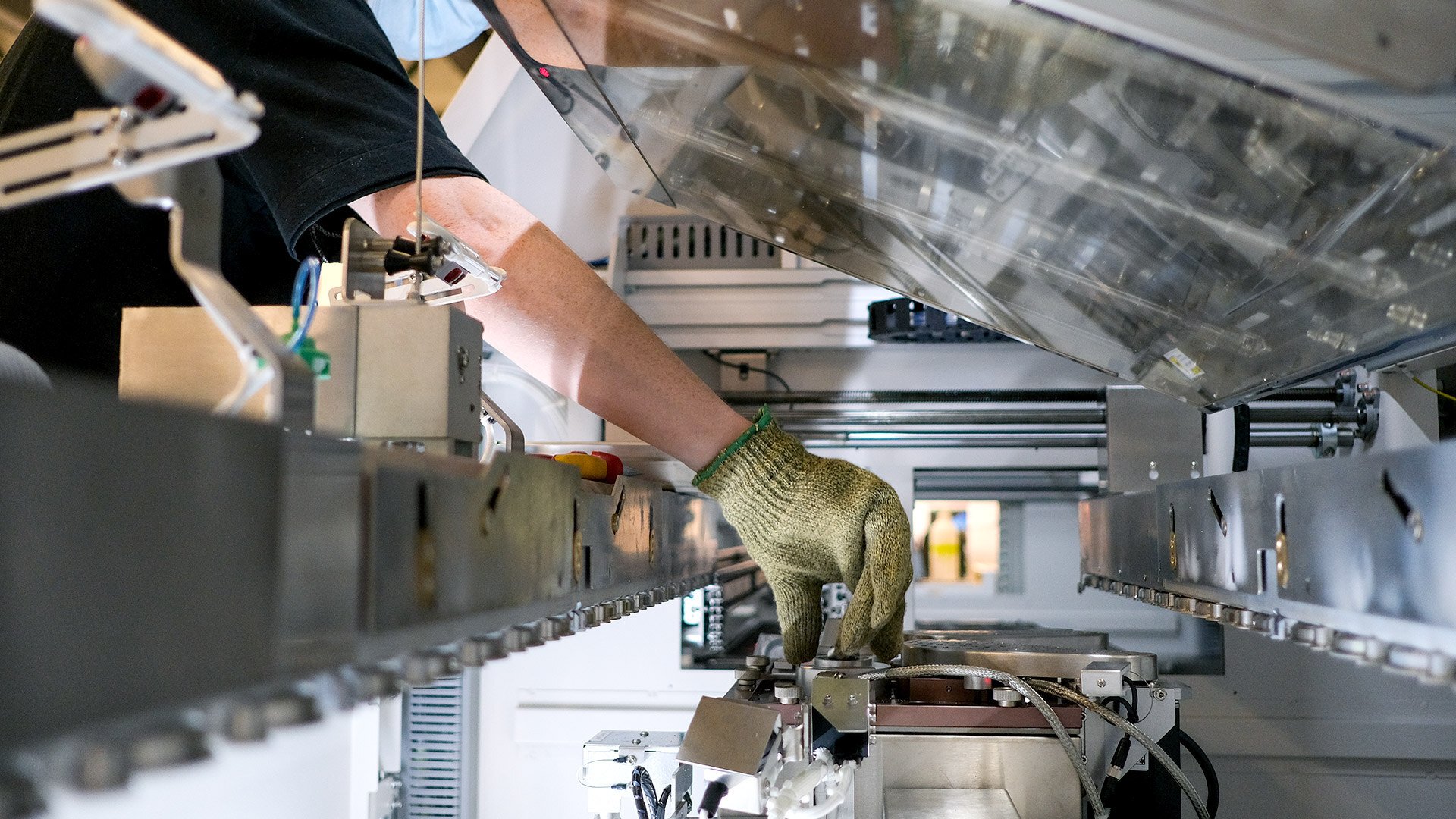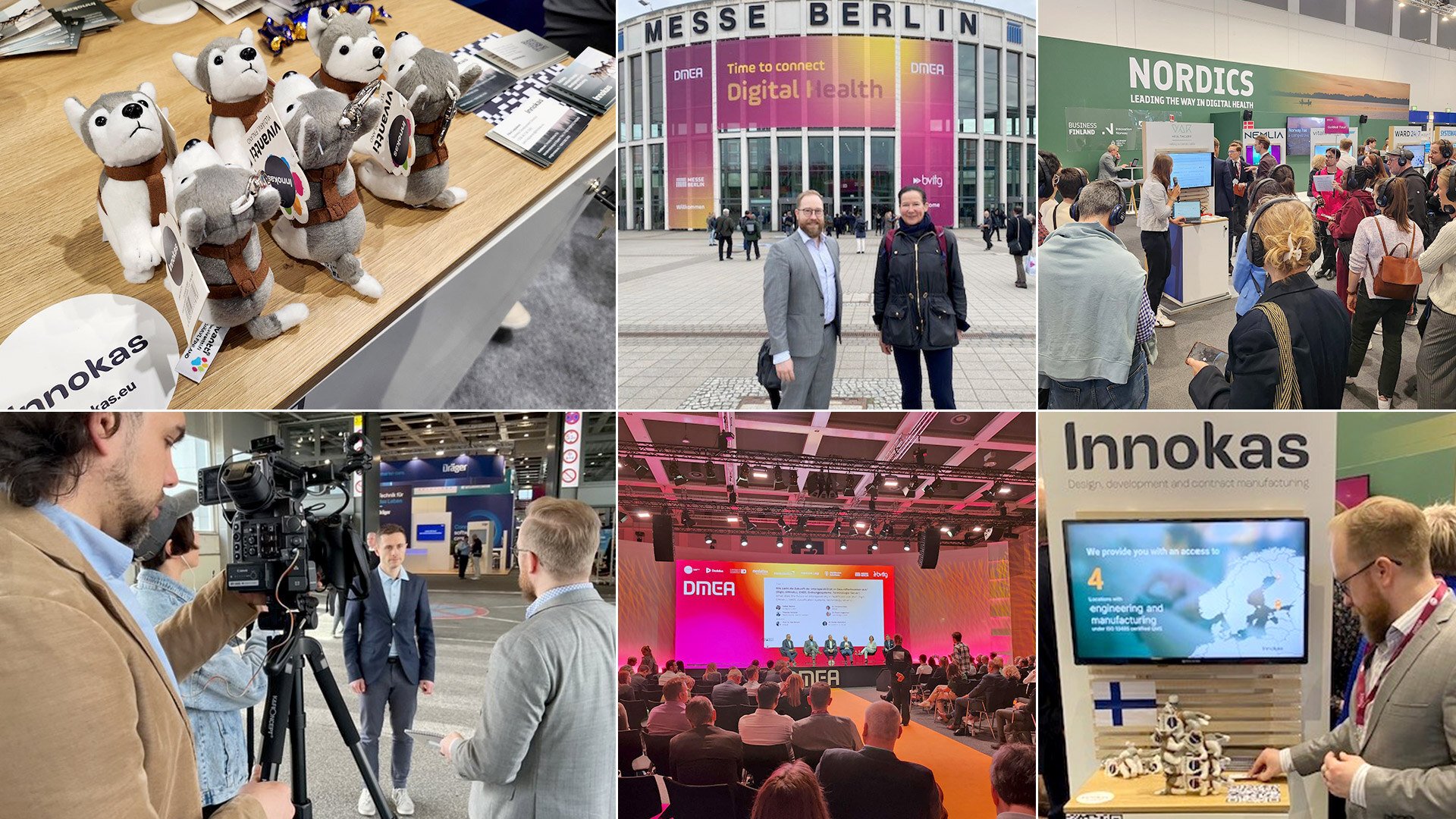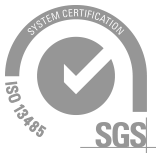Product developers face a dynamic landscape of shifting priorities, demanding stakeholders, and evolving technologies. In this environment, any of multiple approaches can lead to project success. The agile approach offers flexibility, even in demanding medical device development projects. But what does it take to make agile work in complex development projects? What experiences and challenges do engineers encounter? Innokas engineers share four guidelines.
Heikki Niemi is a mechanical engineer and has been a part of Innokas expert team for over 5 years. He works on the collaborative product development project between Glucoset and Innokas that makes use of the agile approach. The project demonstrates an effective application of agile methodology, even though it involves the development of a complicated physical optical device. Heikki reminds that suitability of the agile approach for a project should always be evaluated at the project and stakeholder level. However, with the right expertise, even complex projects can be executed using agile methods. Here are four guidelines to ensure the success of an agile approach, even when applied to the development of medical devices.
1. Frequent communication ensures swift responses and constant improvement
A key indicator of the agile approach is the regular communication among teams and stakeholders. The primary teams involved in an agile project hold daily meetings to discuss progress and address any necessary adjustments. In Heikki’s experience, the practice proves particularly beneficial for team members who were previously unfamiliar with one another prior to the project’s initiation.
The agile approach demands adaptability and flexibility from developers. Daily communication with core teams facilitates swift reactions to changes that could alter the project's course on a short notice. Given the constantly evolving nature of the situation, developers must remain adaptive and responsive throughout. "Even though the constant communication isn’t usual, this approach ultimately led to significant benefits in my projects. Regular, scheduled communication alleviates stress from the development process and ensures everyone is consistently on the same page," Heikki recalls.
Antti Tuovinen, Innokas electronics engineer who has experience with agile methods as well, notes that this approach allows for fast adaptation to new requirements. When issues are identified promptly, it allows swift adjustments. In projects that involve multiple sites, regular communication is particularly advantageous as it allows two core teams to collaborate effectively across different countries.
2. Experience ensures compliance with medical device regulations, even with agile approach
The effectiveness of the agile approach in complex device development relies heavily on developers' experience and their adeptness in navigating regulatory requirements. Heikki and Antti concur that medical device development regulations often clash with agile principles. However, with right amount of experience even a highly regulated device can be developed agilely.
"During my five years at Innokas, I've gained comprehensive understanding of the regulatory landscape impacting device development. Addressing regulatory considerations begins as early as the concepting phase when you are already familiar with and adept at working with them," Heikki comments. "With sufficient experience, regulations serve as guiding principles rather than hindrances."
3. Shared expertise ensures continuity and support
Daily calls with the customer's core team, weekly stakeholder meetings, and leveraging a bit more senior experts like Lassi Oikarinen from Innokas significantly benefited project progress and reduced Heikki's workload. Introducing new team members typically demands substantial time and effort, but a shared service center model, where experts with lower allocations aid main developers, preserves flexibility and momentum. Multiple developers, even at lower allocation, ensure no developer is left isolated with experienced developers providing low-threshold guidance. Antti highlights the value of additional perspectives and swift progress through brainstorming.
4. Flexibility and adaptability as a core principle
Heikki emphasizes that in the end, product development projects should not adhere strictly to a singular approach. The constant evolution and changes in the project necessitate a flexible and adaptable approach. "It’s important to adjust your approach based on what best suits the project's needs in all circumstances. If a particular methodology isn't effective, don't hesitate to deviate from it. Always stay open to adaptation," Heikki concludes.
Benefit from over 30 years of Innokas' expertise in navigating regulated and complex product development projects. Inquire how we can contribute to the success of your project by reaching out through this link.











